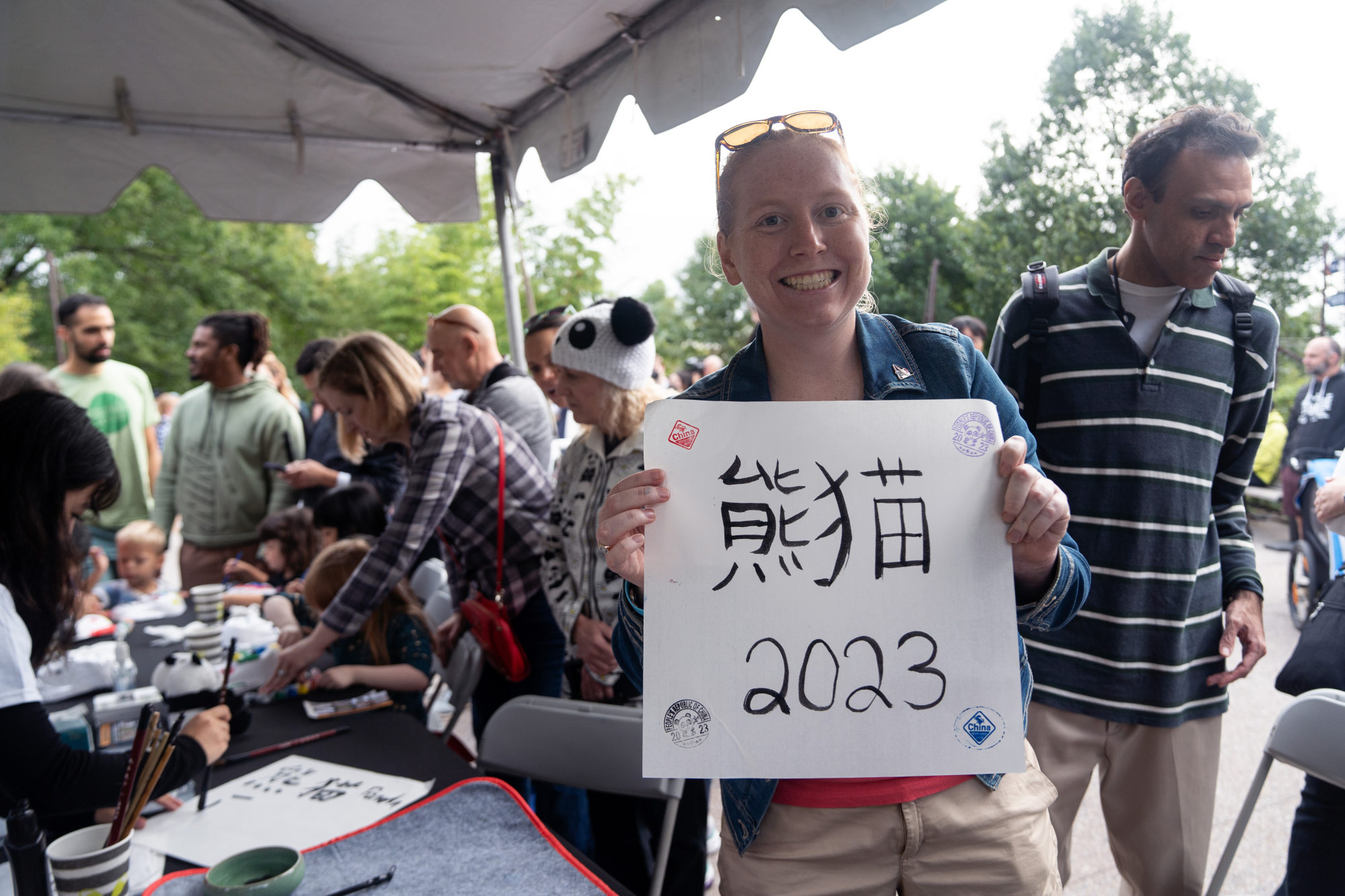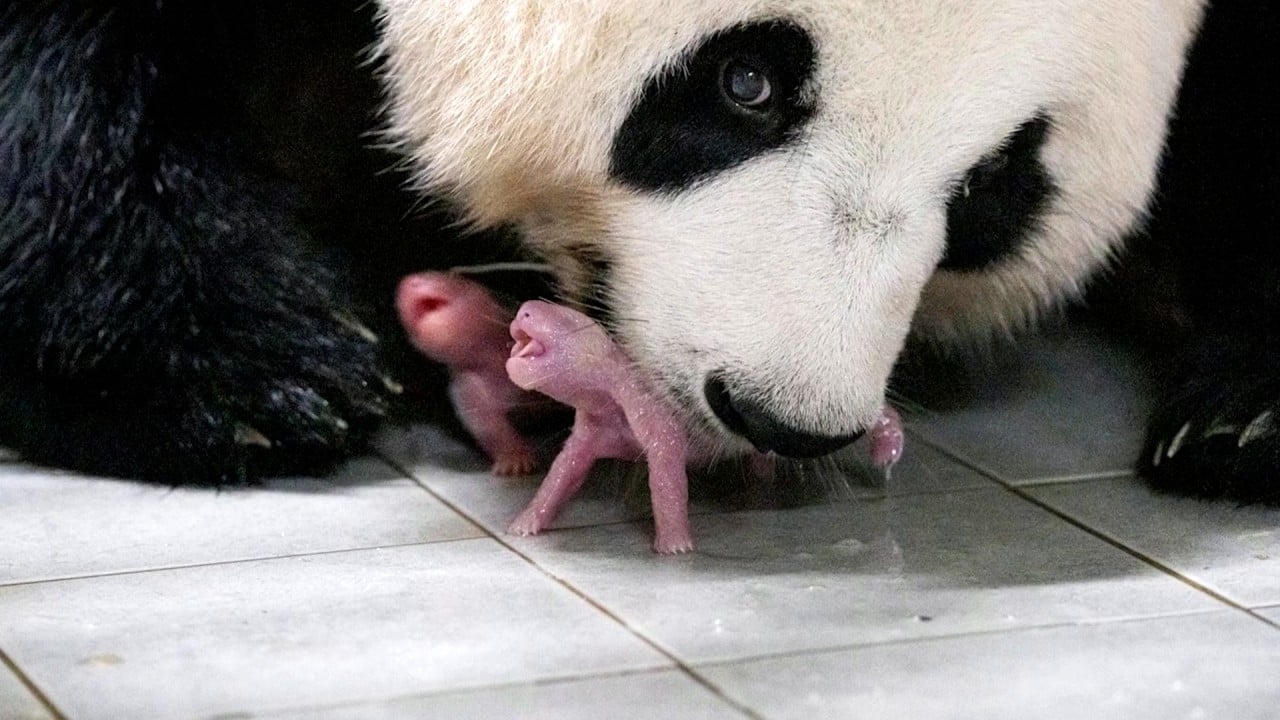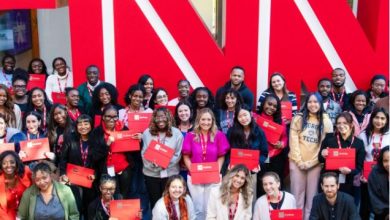Panda diplomacy: future of Chinese loans in doubt as US prepares to farewell Mei Xiang, Tian Tian and Xiao Qi Ji

Panda parents Mei Xiang and Tian Tian, aged 25 and 26, that arrived at the Smithsonian’s National Zoo in 2000 and their three-year old cub Xiao Qi Ji are set to return to China in early December as their panda loan agreements expire.
Xiao Qi Ji’s arrival in China will be in keeping with Beijing’s loan agreement that stipulates that panda offspring born outside China must return by the age of four unless the loan time is extended.
The National Zoo has hosted panda couples since Ling Ling and Xing Xing (Hsing Hsing) were sent by then Chinese premier Zhou Enlai to Washington in 1972 after US president Richard Nixon made a state visit to China.
As the National Zoo’s resident couple prepares to leave, there have been no new loan extensions or agreements to ensure that another pair will take their place.
How has China’s panda diplomacy evolved and where are its stars now?
How has China’s panda diplomacy evolved and where are its stars now?
The departure of the pandas “closes a major chapter of an international animal care and conservation success story”, the National Zoo said when announcing the farewell party.
The other remaining giant pandas in the US are at Zoo Atlanta in Georgia. Twins Ya Lun and Xi Lun that were born at the zoo are expected to leave in early 2024 after the seven-year old pair’s return was delayed because of the Covid-19 pandemic.
Their parents Lun Lun and Yang Yang are also expected to return to China in late 2024 as their loan agreement is set to expire. A statement by Zoo Atlanta in April said “no discussions have yet taken place with partners in China as to the status of Zoo Atlanta’s giant panda programme beyond the end of the loan in 2024”.
If no new panda pairs are sent to the US in 2024, it will mark the first time in more than 50 years the country has not hosted the black-and-white species.

The halt of panda loans coincides with an increasingly frosty political relationship between the US and China. Chinese foreign ministry spokesperson Mao Ning said during a press conference on September 28 that pandas could be seen as a “bridge of friendship”.
“We are willing to continue to work with partners, including the United States, to strengthen cooperation to protect endangered species,” Mao said.
Pandas have been a staple in four American zoos after their arrival in the 1970s. After the San Diego Zoo’s last pandas left in 2019, chief operating officer Shawn Dixon said the zoo had “great hopes for the future” and that the zoo was “ready to make a commitment for the next stage of [their] panda programme”.
Since its mother-and-son panda pair left San Diego, there have been no announcements made regarding a new loan agreement.
Annalisa Meyer, spokeswoman for the National Zoo, told Washington’s NPR member station the zoo was working with its Chinese partners, including the China Wildlife Conservation Association, to “develop a new giant panda programme”.
10 places worldwide you can see China’s giant pandas, and how they’re doing
10 places worldwide you can see China’s giant pandas, and how they’re doing
Meyer said that after a 51-year long collaboration, the zoo would “remain committed to the conservation of this species”.
National Zoo director Brandie Smith told Washington News4 in August the status of the loan programme was not based on political considerations, but rather “a conversation between colleagues talking about what’s best for the overall programme, and also, what can be best for individual animals.”






